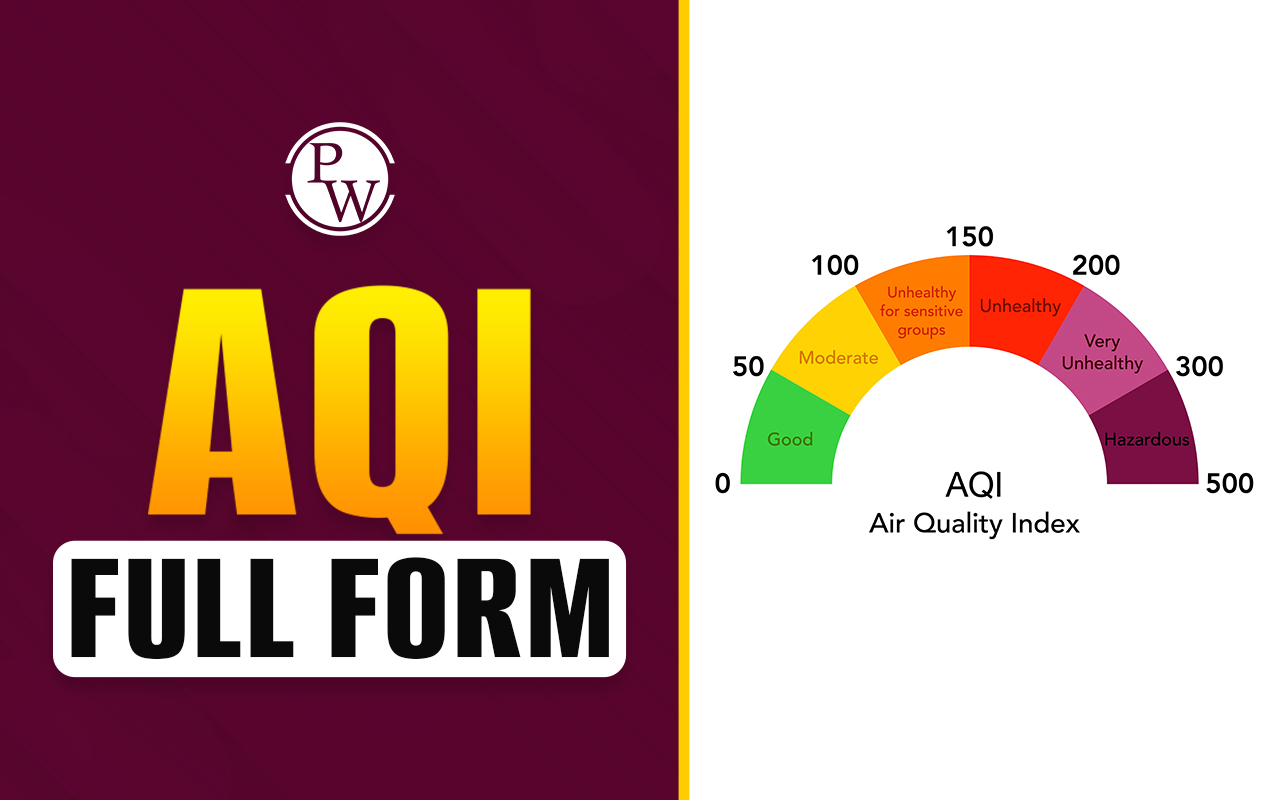

The full form of BIDMAS stands for Brackets, Indices, Division, Multiplication, Addition, and Subtraction. Each alphabet of the term is explained below-
-
Brackets
Use brackets to organize or add order or sequence to a mathematical problem. A math problem's brackets should be the area that is resolved first. For instance:
6 + (3 x 5)= 21
-
Indices
Indices are used to indicate how many times a number is multiplied. Within the BIDMAS rule, indices ought to take second place. For instance:
3²= 9
Or
3 x3 = 9
-
Division
Division is used to divide numbers into an equal number of parts and is the reverse of multiplication. For instance:
If Billie has 15 apples, she wants to divide them into 3 halves that are each equal for her friends. How many apples are given to each friend?
15 ÷ 3 = 5
-
Multiplication
Multiplication entails adding a number to itself a certain number of times in order to produce an overall number or result. For example:
2 x 3 = 6
In this instance, adding 3 twice yields the solution.
-
Addition
In this case, you're adding two numbers together! By adding up two or more numbers to get the total.
3² + 4 = 13
-
Subtraction
The final step in the BIDMAS rule specifies that you should subtract from the number you start with.
(3 x 4) - 7 = 5
How is BIDMAS Applied?
The B-I-D-M-A-S order of the six types of math problem solving should be used; this will give kids a method for decoding arithmetic equations and enable them to break them down into more manageable pieces. This is a fantastic approach for kids to demonstrate their thinking during tests.
Subtraction and addition are the BIDMAS's sole exceptions. If these are the only components of the sum still present, they must be calculated from left to right in the sequence in which they are discovered. For instance:
2 + 5 -2 = 5
Since the addition comes first in this amount, it is calculated first.
Are BIDMAS and BODMAS Similar?
The only distinction between BIDMAS and BODMAS is that the word "indices" is changed to "order" or "other." The only difference is that in this case, "other" can refer to both square roots and indices.
The components of this abbreviation are as follows:
B, O/I, DM, and AS When solving first and second, brackets and orders/indices are crucial. If division and multiplication appear in the same sum, solve it based on how the amount is presented. Subtraction and addition share the same merit. If they both show, you proceed from left to right.
The BIDMAS Teaching Method
Normally, lecturers would start off by thoroughly describing BIDMAS and outlining its precise operational sequence. Teachers would provide worksheets or other exercises after a detailed explanation so that students could put what they had learned so far to the test. Giving kids computations to complete on their own is a terrific method to test kids and make sure they understand everything. It's also a great approach to figure out where kids need more guidance and help.
Children move up to secondary level schooling after year 6, and BIDMAS is a rule that will continue to be used and necessary throughout their school careers up until they reach adulthood. The calculation will become more difficult in high school and incorporate square roots.
Right Time to Teach BIDMAS
BIDMAS should be introduced to pupils in the sixth grade. Students should be able to comprehend how to order mathematical operations according to each section of the acronym. This falls under the heading "Reasoning and Problem Solving" in the curriculum.
Use actual situations to make it necessary for kids to understand the importance of following a set order when solving problems. It's also crucial to remember that calculators frequently do not support this method of problem-solving. Children are therefore instructed to divide the sum into smaller amounts and to calculate BIDMAS either manually or with a calculator.
Full Form of BIDMAS FAQs
What is the BIDMAS rule?
Who created the BIDMAS?
What does BIDMAS want to achieve?
Which nation utilizes BIDMAS?
What distinguishes the BIDMAS and PEMDAS?












